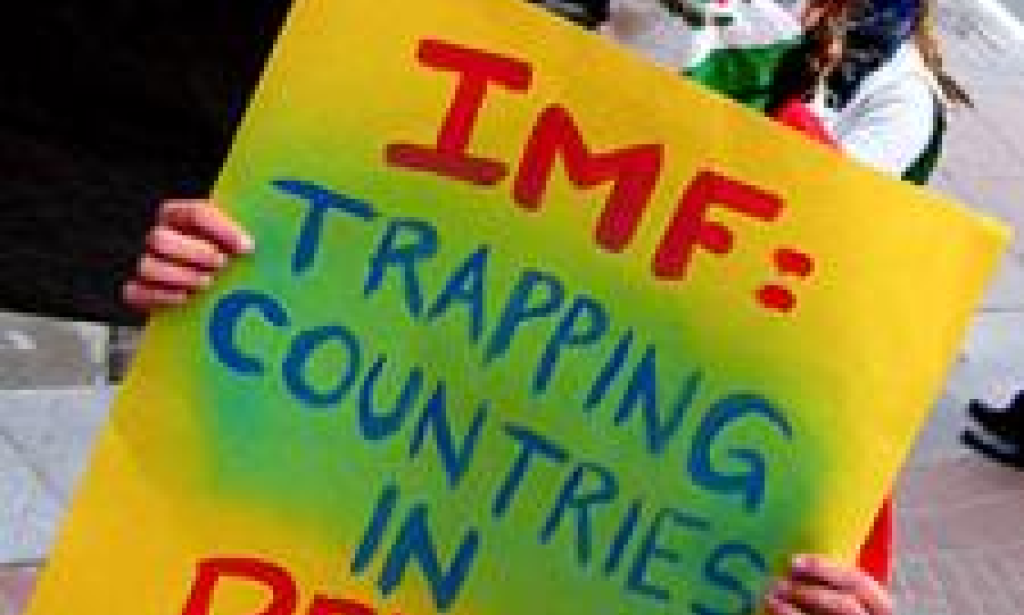
The International Monetary Fund (IMF) is under fire for its lending practices to developing nations, particularly Kenya, which has sparked nationwide protests. The IMF's debt conditions, including privatization, deregulation, and austerity measures, have exacerbated socio-economic problems, leading to widespread discontent. In this blog, we'll delve into the underlying issues, debunk misconceptions, and explore real-world examples to shed light on the IMF's impact on Kenya and beyond.
IMF's Impact on Kenya's Debt

Kenya's external debt has skyrocketed from 10.2 billion to 34 billion between 2013 and 2020, largely attributed to IMF lending. The conditions attached to these loans, such as austerity measures, have drastically affected the nation's economy, prompting public outcry and protests. The ripple effects of IMF's financial interventions have permeated various sectors, particularly impacting the poorest and most vulnerable segments of society.
African Nations and the Legacy of IMF Debt

The historical context of African nations' debt after colonialism is crucial to understanding the current dynamics. France's controversial actions in response to unpaid debts from African nations, including the assassination of leaders, shed light on the continued influence of colonial control. The mainstream press often fails to provide comprehensive coverage of these geopolitical intricacies, leaving room for misinformation and oversimplification.
Debunking Debt Trap Diplomacy Accusations Against China

Contrary to popular belief, China's involvement in debt lending does not mirror the tactics employed by the US and the West. African nations are increasingly seeking mutually beneficial deals with China, challenging the narrative of 'debt trap diplomacy.' It's essential to dissect these geopolitical complexities to discern the nuanced motivations behind nations' financial engagements with global powers.
Global Impact of IMF Interventions

Real-world examples from Argentina, Ukraine, Greece, and Egypt showcase the far-reaching consequences of IMF interventions. In Argentina, a record $57 billion IMF loan led to economic crisis and widespread protests due to stringent austerity measures. Similarly, Ukraine experienced economic hardships and internal divisions following IMF-mandated structural adjustments. This global perspective underscores the broader implications of IMF policies beyond Kenya.
Implications on Social Unrest and Economic Hardship

The IMF's influence has contributed to severe economic contractions, unemployment, and declining living standards in Greece and Egypt. These tangible ramifications underscore the urgency of examining the IMF's role in perpetuating socio-economic challenges and instigating social unrest. The far-reaching repercussions of IMF interventions extend beyond individual nations, echoing a global pattern of economic turmoil and public outrage.

The IMF's impact on Kenya and other nations is far-reaching, shaping economic policies and societal dynamics. The grievances and protests in Kenya are emblematic of a broader global pattern, shedding light on the urgency of reevaluating IMF lending practices and their repercussions. Understanding the nuanced geopolitical dynamics, debunking misconceptions, and uncovering real-world examples are crucial steps toward fostering informed discourse and driving meaningful change.


You must be logged in to post a comment.